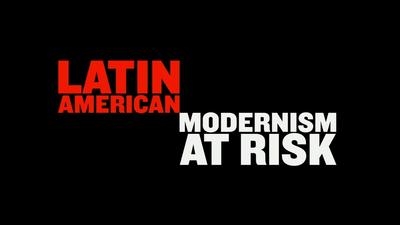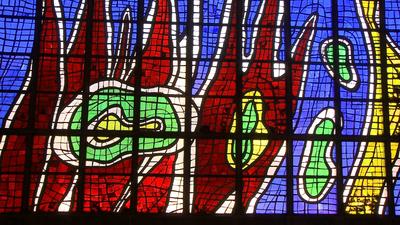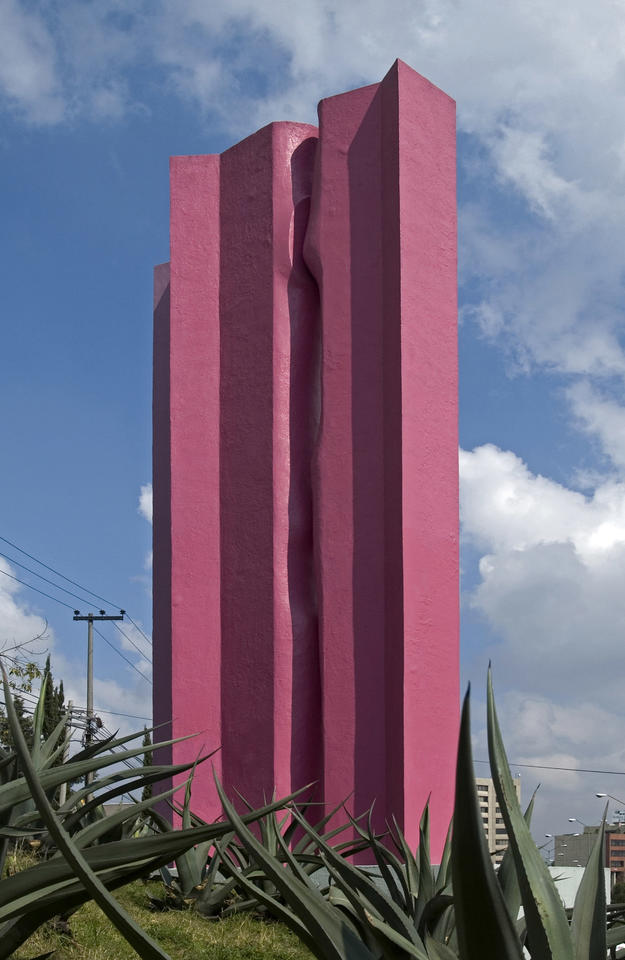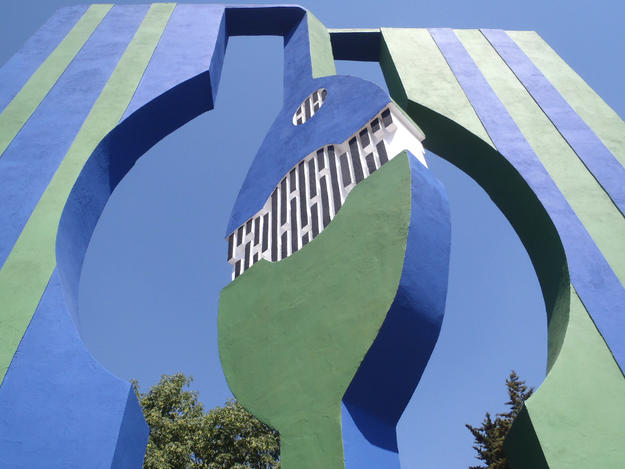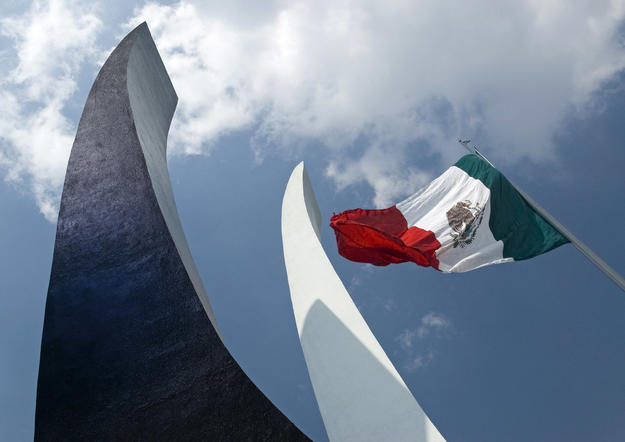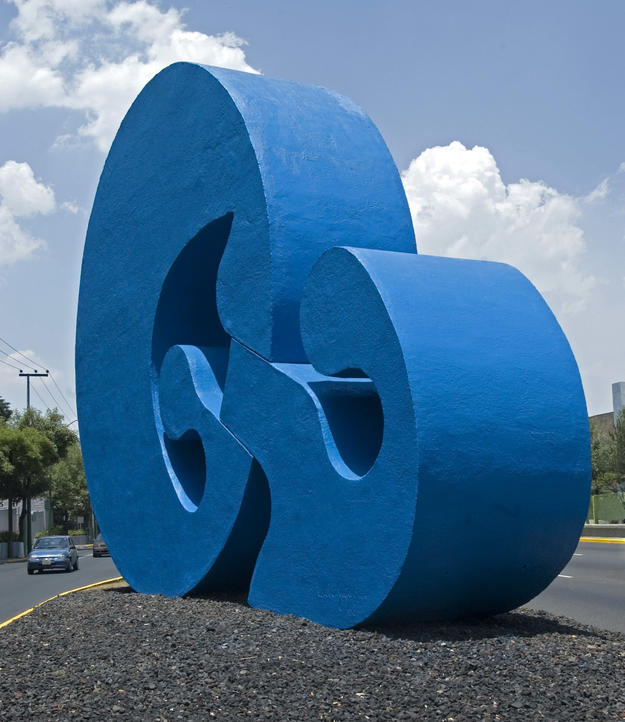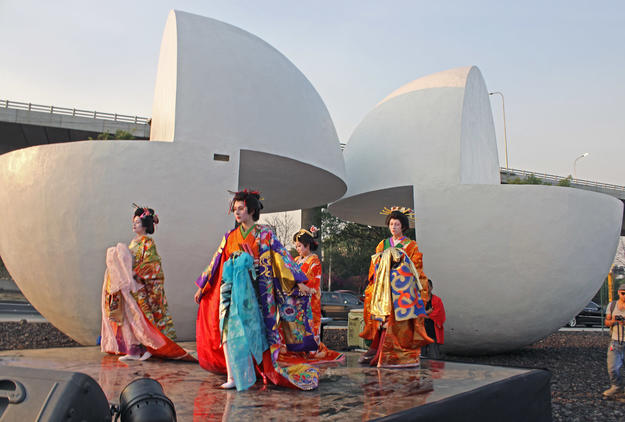Ruta de la Amistad
2012 World Monuments Watch
Ruta de la Amistad, or the Route of Friendship, consists of 22 large-scale sculptures commissioned for the 1968 Summer Olympics. Intended as permanent memorials, the sculptures were created by artists of international renown. Nineteen of the sculptures were set along a 10-mile (17-kilometer) route that united distant Olympic venues—after the Olympics the route developed into a major highway around Mexico City, the Periférico Sur. Installed near Ruta de la Amistad were three special commissions, sculptures primarily constructed of concrete and steel. These three sculptures were neglected, and their original contexts forgotten. The surrounding landscape changed drastically with time. Preservation of many of the full ensemble of sculptures was directly threatened by a project to construct an elevated second level above the existing highway.
Two sculptures restored with our help
Led by the Patronato Ruta de la Amistad A.C., local advocates successfully rescued and restored most of the sculptures on the route. To encourage preservation of the remaining sculptures and the reintegration of this important heritage resource into the fabric of Mexico City, Ruta de la Amistad was included on the 2012 World Monuments Watch. We helped restore two sculptures. The first was Janus, an iconic composition of a steel prism twisting onto itself, by Australian sculptor Clement Meadmore. The other sculpture, Articulated Wall, is a vertical slab of 33 concrete modules threaded on a steel spine by Austrian artist Herbert Bayer. These were relocated to a new site along with other sculptures of Ruta de la Amistad. Additionally, we supported several advocacy and promotion activities including a Watch Day bicycle ride with over 1,500 participants.
The 1968 Olympics marked a time of expectation and optimism in Mexico City. The sculptures of Ruta de la Amistad were commissioned to celebrate ideals of international friendship and harmony, and their preservation reestablishes the significance of Ruta de la Amistad as a multicultural artistic expression of the second half of the twentieth century. Further benefits of this project include exposing the lost volcanic landscape that originally characterized this area, and recovering native species of vegetation. The revitalized sculpture ensemble is the site of contemporary art installations, with the assistance of official protection.
Videos
